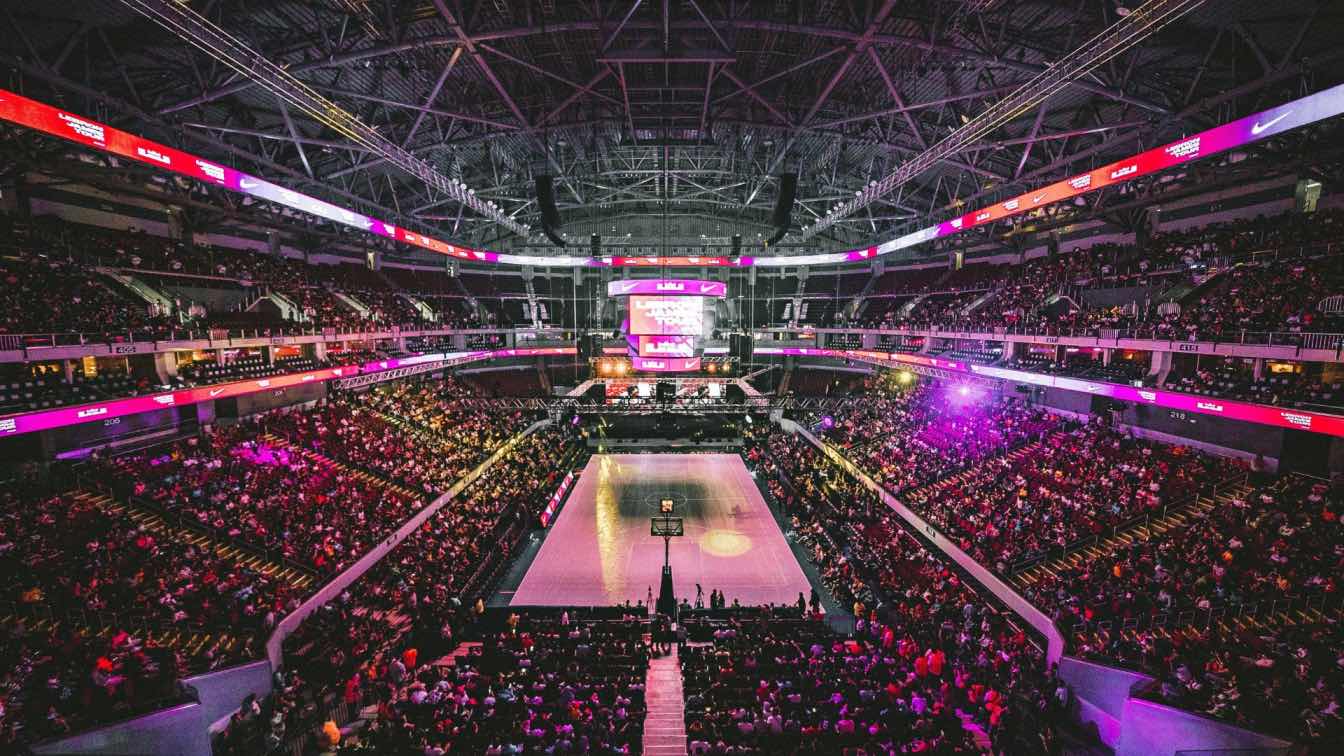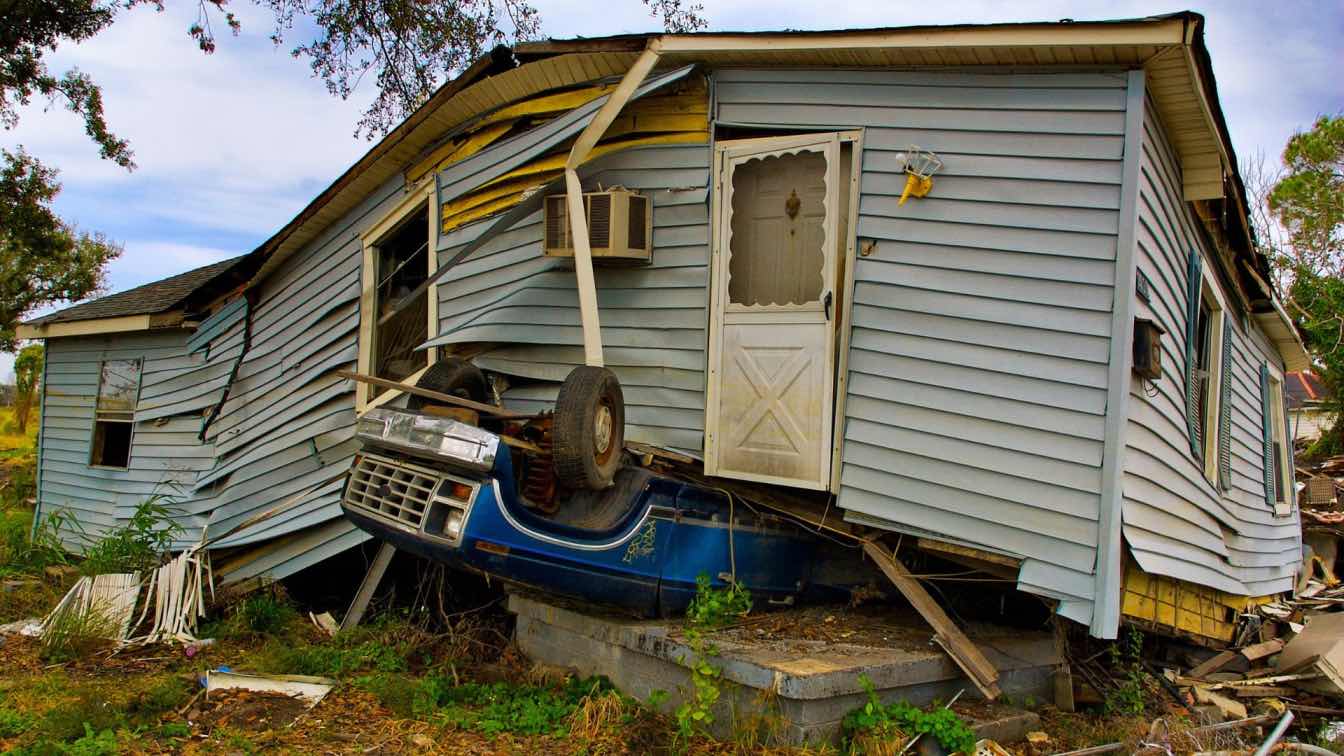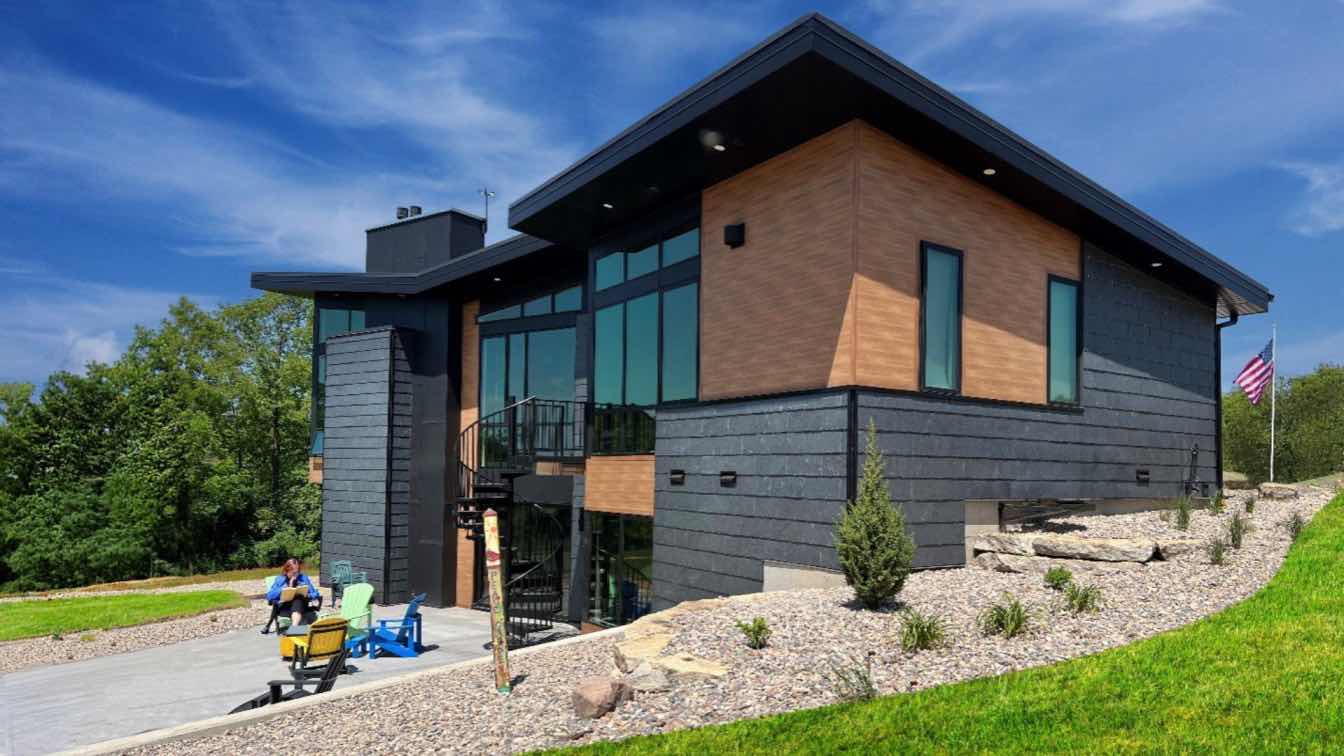Rats in stadiums pose a serious problem for both health and safety. If you manage or operate a venue, controlling rodent populations quickly is essential to avoid damage to property and disruption during events. Effective rat removal in stadiums requires targeted strategies for habitat elimination, regular inspections, and professional pest control services.
You must understand where rats thrive in large venues—near food waste, storage areas, and dark, concealed spaces. Addressing these hotspots repeatedly can minimize the risk of infestation and maintain a clean environment for visitors and staff.
Knowing how to prevent and remove rats in stadiums helps protect your investment and ensures a better experience for attendees. The right approach combines routine maintenance with expert intervention tailored to the complexities of stadium structures.
Understanding Rat Infestations in Stadiums
Rat infestations in stadiums typically arise from specific environmental factors and human activity. Their presence brings multiple risks, including health hazards and structural damage. Detecting early signs is crucial for effective stadium rodent control services in Dallas or elsewhere.
Common Causes of Rat Problems
Rats are attracted to stadiums because of the food and shelter available there. Concessions and trash areas generate food waste that easily supports rodent populations. Additionally, gaps in stadium structures provide nesting and hiding places.
Poor sanitation and irregular trash removal increase the likelihood of infestations. High foot traffic can inadvertently spread food remnants, worsening the problem. Understanding these causes allows you to target areas needing improved maintenance.
Risks and Challenges Posed by Rodents
Rats in stadiums carry diseases that can contaminate food and surfaces, posing health risks to visitors and staff. They also cause physical damage by gnawing on cables, insulation, and wooden structures, which may disrupt operations.
Controlling rats is challenging due to stadium size, complexity, and constant human activity. Effective rat removal in stadiums requires ongoing monitoring and adaptable strategies to address new harborage sites quickly.
Identifying Early Signs of Infestation
Early signs include sightings of live or dead rats, droppings, and chewed materials near food areas. You might notice greasy rub marks along walls or tunnels in debris piles.
Auditory cues such as scratching or squeaking sounds behind walls can indicate active infestations. Prompt identification allows you to engage with professional rat infestation management stadiums teams before populations grow.
Rodent Prevention and Ongoing Control in Stadium Facilities
To keep rats away, your focus should be on strict cleanliness and physical barriers that limit their access. Ongoing sanitation and modifying the stadium structure will reduce rodent activity.
Maintenance and Sanitation Protocols
You must enforce routine cleaning schedules to remove all food debris and trash that attracts rodents. This includes emptying trash bins frequently during and after events and ensuring dumpsters are sealed tightly.
Using durable, easy-to-clean surfaces in concession areas helps prevent leftover food accumulation. You should also regularly clean drains and grease traps, which can harbor breeding sites.
Regular inspections are essential. Scheduling daily walkthroughs to identify droppings, gnaw marks, or burrows helps catch early signs of infestation. Many stadium rodent control services in Dallas recommend integrated pest management, combining sanitation with targeted baiting.
Structural Modifications to Deter Entry
Seal all openings larger than ¼ inches on the stadium’s exterior, as rats can squeeze through very small gaps. Pay attention to doors, utility lines, vents, and foundation cracks.
Installing metal door sweeps and weather stripping around entry points can significantly reduce rodent ingress. For underground access, fit heavy-gauge steel mesh over storm drains and vents.
Regularly inspect and repair damage to walls, fences, and rooflines. Dallas stadium facilities often benefit from upgrades like rodent-proof barriers and reinforced concrete footings, which can limit persistent entry points long-term.
Strategies for Effective Rat Removal
Addressing rat infestations in stadiums requires precise identification and targeted action. To control these pests effectively in large venues like sports arenas, thorough inspection, integrated pest management, and professional services must be combined.
Inspection and Assessment Procedures
Begin with a detailed inspection of the stadium, focusing on areas where food waste accumulates and shelter is available. Check beneath seating, concession stands, storage rooms, and waste disposal points for signs like droppings, gnaw marks, or burrows.
Monitoring devices such as bait stations and tracking powders determine rat activity levels and hotspots. This assessment guides removal efforts, highlighting precise locations for traps or treatments.
Thorough inspections are crucial in stadiums across Dallas, as heavy foot traffic and food sources often sustain large rat populations. Regular inspection helps prevent recurring problems and reduces the need for extensive chemical treatments.
Integrated Pest Management Techniques
An integrated pest management (IPM) approach combines sanitation, habitat modification, exclusion, and targeted control measures. Strict cleanup routines and trash containers must be enforced to eliminate easy food and water access.
Seal entry points around foundations, utility lines, and vents to block rat access to stadium interiors. Mechanical traps and rodenticides should be used sparingly and only in monitored locations to avoid contamination risks during events.
Maintain ongoing monitoring to adjust your control tactics based on rat behavior and population changes. IPM balances effectiveness with safety, a key factor for commercial pest control in arenas where public health is critical.
|
IPM Components |
Actions for Stadiums |
|
Sanitation |
Regular waste removal, clean concession areas |
|
Exclusion |
Seal cracks, vents, and plumbing entries |
|
Monitoring |
Use bait stations and visual inspections |
|
Targeted Control |
Deploy traps and rodenticides in designated zones |
Professional Extermination Services
Contracting professional exterminators specializing in stadium rat extermination will yield the most reliable results. These experts know large venues' unique challenges, like access limitations and large-scale waste management.
Professional rat removal teams in Dallas use advanced technologies and customized plans to handle infestations promptly and responsibly. They provide safe, legal treatment applications and comprehensive follow-up to ensure lasting results.
Engaging commercial pest control for arenas guarantees compliance with health regulations and minimizes interruptions to stadium operations. Professionals also provide documentation and preventive recommendations to reduce future risks.





